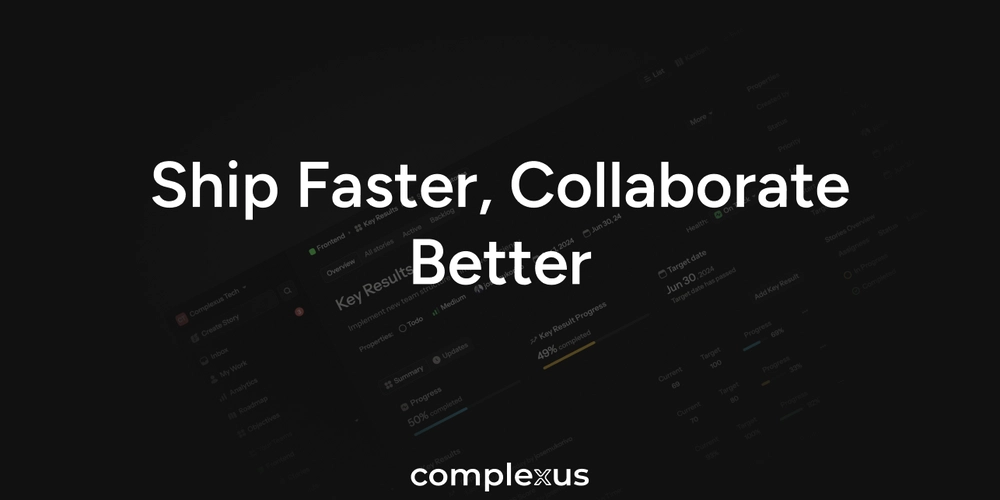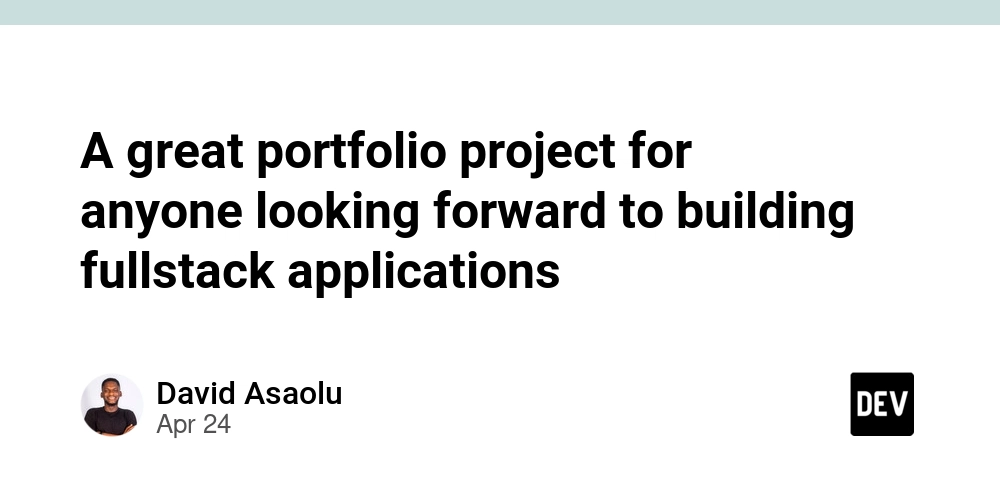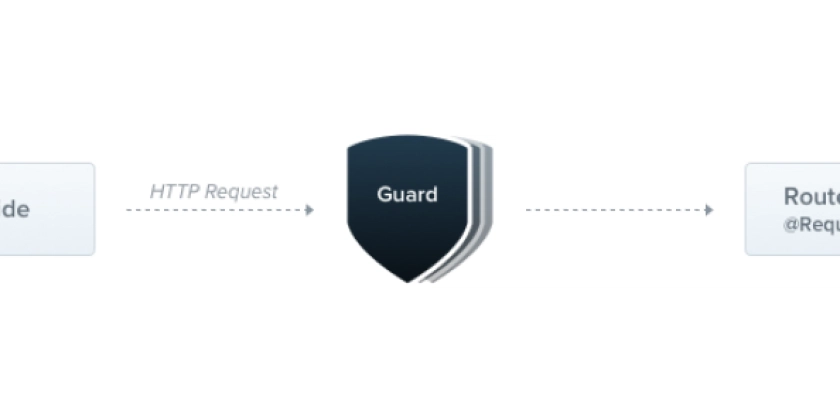
Building Complexus: How to Architect a Scalable Project Management Frontend with Turborepo
Are you tackling a complex web application? Learn how to architect a robust and scalable frontend for project management systems like Complexus, ensuring maintainability and efficient scaling. This guide dives into the architecture of Complexus, a modern project management system, and the strategic choices made to handle its complexity. Unlock the secrets of building a scalable frontend for project management.
Why a Monorepo? Turborepo as the Foundation for Complexus
For projects like Complexus with multiple applications (project management app, marketing site, documentation) and shared libraries, a monorepo architecture is a game-changer. It offers:
- Simplified dependency management
- Streamlined code sharing
- Atomic commits across related parts
- Enforced consistency
Turborepo manages this setup with a focus on performance, employing intelligent caching and efficient task orchestration to speed up builds, tests, and linting. This can dramatically improve CI/CD pipelines and developer productivity. Using Turbopack with Next.js provides near-instantaneous updates during development.
Complexus Monorepo Structure: A Clear Separation of Concerns
The Complexus monorepo organizes code into apps and packages directories.
complexus-monorepo/
├── apps/
│ ├── projects/ # Core Next.js project management
│ ├── landing/ # Next.js landing page
│ └── docs/ # Documentation site (Nextra)
├── packages/
│ ├── ui/ # Custom UI component library
│ ├── icons/ # Shared SVG icons
│ ├── lib/ # Shared utilities (cn function)
│ ├── tailwind-config/ # Shared Tailwind CSS config
│ ├── eslint-config/ # Shared ESLint config
│ └── tsconfig/ # Shared TypeScript configs
├── package.json # Root dependencies and scripts
├── pnpm-workspace.yaml # Defines workspace locations
└── turbo.json # Turborepo pipeline configuration
This structure separates deployable units (apps) from reusable code (packages), promoting modularity and making the codebase easier to navigate and maintain.
Streamlining Development: Reusable Components and Utilities
The packages/ directory promotes code sharing and consistency within the Complexus monorepo. Think of it as a central hub for reusable elements, reducing redundancy and ensuring a unified look and feel across the entire system:
- ui: Custom UI component library, built using Atomic Design principles.
- icons: Manages SVG icons used across all applications.
- lib: Shared utilities. Includes
cn, a function combiningclsxandtailwind-mergeto handle Tailwind class conflicts. - tailwind-config: Tailwind CSS theme used across all apps and packages.
- eslint-config: ESLint configuration preset for consistent code linting.
- tsconfig: Base
tsconfig.jsonfiles for other packages to extend.
Domain-Driven Design on the Frontend: Structuring Logic in apps/projects
Within the apps/projects/ directory, Complexus embraces Domain-Driven Design (DDD) by organizing code by feature or domain inside a modules/ directory. This approach keeps related code together.
apps/projects/src/
├ app/
├ components/
├ lib/
├ modules/
│ ├ sprints/
│ │ ├ components/
│ │ ├ hooks/
│ │ ├ queries/
│ │ ├ mutations/
│ │ ├ lib/
│ │ └ types/
│ ├ tasks/
│ │ └..
│ ├ settings/
│ │ └...
│ └──...
├── styles/
└──...
Benefits of Feature-Based Structure for Project Management Systems Development:
- Cohesion: Related code lives together within the project management module.
- Modularity: Features are self-contained.
- Scalability: Easy to add new modules as the project management requirements grow.
- Team Collaboration: Teams can own modules.
React hooks encapsulate logic, state management, and data fetching interactions. Components from the shared ui package build the feature's interface.
Seamless Access Across Subdomains: Shared Authentication with NextAuth.js
Complexus uses subdomains (e.g., workspace-a.complexus.app, workspace-b.complexus.app). NextAuth.js manages user authentication across all subdomains.
To achieve this, configure the session cookie's domain attribute in NextAuth.js.
This allows users to authenticate on any subdomain and seamlessly access all others without needing to log in again.
Documenting Your Project: Nextra for Clear Communication
Complexus uses Nextra for its documentation site (apps/docs). Nextra integrates with Next.js and allows writing documentation in Markdown (MDX), embedding React components directly into the documentation pages.
Conclusion: Architecting for Scalability in Project Management Systems
Building Complexus involved deliberate architectural choices for complexity management, consistency, and scalability. Key elements included:
- Turborepo monorepo
- Shared UI components and utilities
- Domain-Driven Design within the main application
- NextAuth.js configured for cross-subdomain authentication
- Nextra for documentation
These principles are applicable to many large-scale frontend projects. Complexus' architecture prioritizes developer experience through fast builds and clear organization, ensuring a maintainable and scalable end product.




















![California Software Companies: Unveiling Tech Leaders & Future Trends [2025]](https://media2.dev.to/dynamic/image/width=1000,height=500,fit=cover,gravity=auto,format=auto/https%3A%2F%2Fcontenu.nyc3.digitaloceanspaces.com%2Fjournalist%2F5bd5aa41-4877-4647-a4d3-4f4915a589fc%2Fthumbnail.jpeg)


